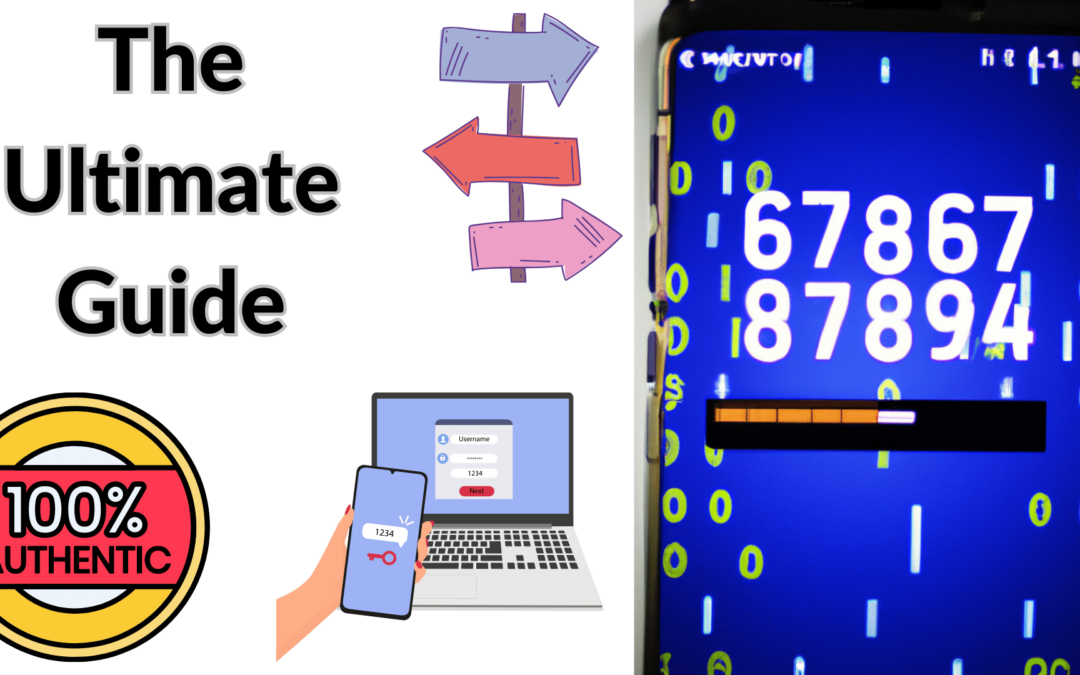In the digital age, security is paramount. With the increasing number of cyberattacks, appropriately safeguarding your personal and business information is essential. One of the most effective ways to do this is through two-factor and multi-factor authentication.
Two-factor authentication (2FA) is a security process that requires two forms of authentication to gain access to a system. The two factors are typically something you know (such as a password or PIN) and something you have (such as a smartphone or security token). This added layer of security makes it much more difficult for hackers to access your accounts, as they need both the password and the physical device to do so.
Multi-factor authentication (MFA) takes the concept of 2FA a step further by requiring more than two forms of authentication. This can include something you are (such as biometrics like fingerprints or facial recognition) in addition to something you know and something you have. Adding more factors makes it even harder for hackers to bypass security measures and gain access to your accounts.
Implementing 2FA or MFA is relatively easy and can be done on most websites and applications. Many websites already offer 2FA as an option, which can be enabled in your account’s security settings. When setting up 2FA, you typically must register your phone number or a security token with the website or application. After entering your username and password, you will receive a code on your phone or token that you need to enter to gain access. Some websites or applications may also offer biometric authentication, such as facial recognition or fingerprint scanning, in addition to 2FA.
MFA can be a bit more complex to implement, as it requires more than two forms of authentication. However, the added security is worth the extra effort. One way to implement MFA is by using a security platform supporting multiple authentication methods. For example, some MFA solutions allow you to use your phone or token, as well as biometric authentication, to gain access to your accounts.
When implementing 2FA or MFA, choosing strong and unique passwords and keeping your devices secure is important. You should also avoid using public Wi-Fi networks, which can be easily hacked.
In conclusion, two-factor and multi-factor authentication are potent tools that help to protect your personal and business information from cyberattacks. By requiring multiple forms of authentication, it makes it much more difficult for hackers to gain access to your accounts. Implementing 2FA or MFA is relatively easy and can be done on most websites and applications. By taking these simple steps, you can unlock the power of security and ensure that your information remains safe and secure.
Take Action
Understand the Difference between Two-Factor Authentication (2FA) and Multifactor Authentication (MFA)
- Two-factor authentication (2FA)
-
- A method of verifying a user’s identity by utilizing two different components.
- Examples of two-factor authentication components include something the user knows, has, or is (e.g., a password and security token).
- Multifactor authentication (MFA)
-
- Verifies a user’s identity by utilizing multiple forms of authentication.
- Examples of multifactor authentication components include something the user knows (password), has (security token), or is (fingerprint or face recognition).
Secure your Accounts with Two-Factor Authentication (2FA) and Multifactor Authentication (MFA)
-
- Two-factor authentication (2FA) and multifactor authentication (MFA) enhance the security of an account or system by requiring multiple forms of authentication and making it more difficult for an attacker to gain unauthorized access.
- To enable 2FA/MFA on your account, check the security settings of your service or platform.
Use Strong Passwords
-
- When creating passwords for your accounts, use strong, unique passwords for each account.
- Avoid using the same password for multiple accounts; do not share your passwords with anyone.
Monitor Your Accounts
-
- Monitor your accounts for any suspicious activity and report it immediately.
- If you suspect your account has been compromised, change your passwords and enable 2FA/MFA as soon as possible.
Stay Up-to-Date
-
- Staying abreast of security best practices and the latest security threats.
- Subscribe to security-related blogs and newsletters, and take advantage of security training and resources available.


